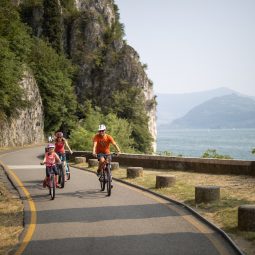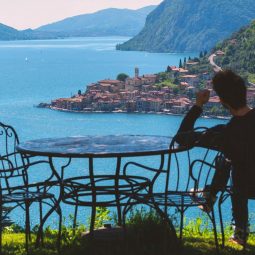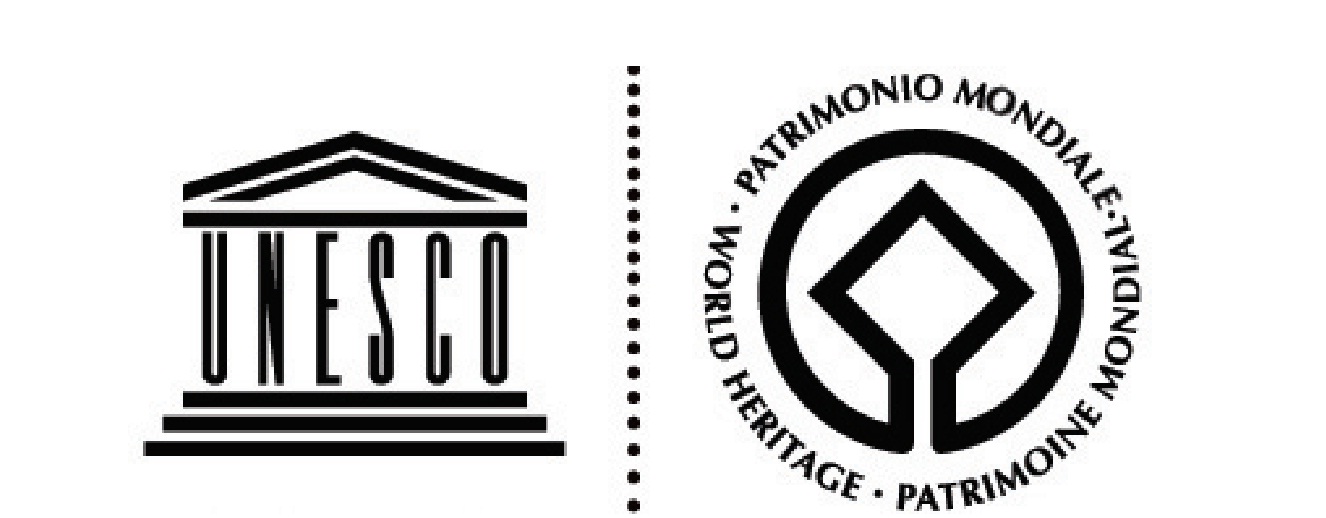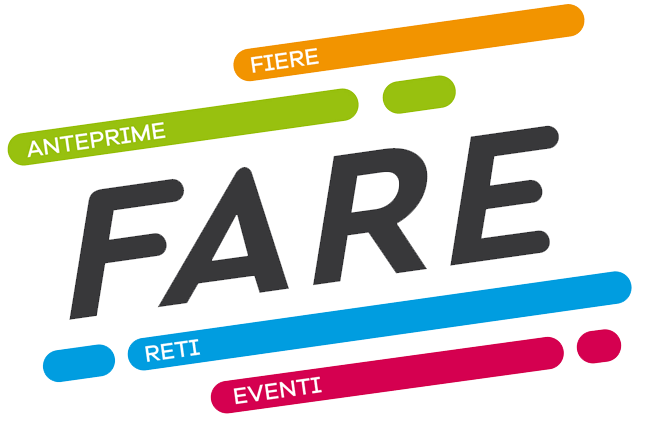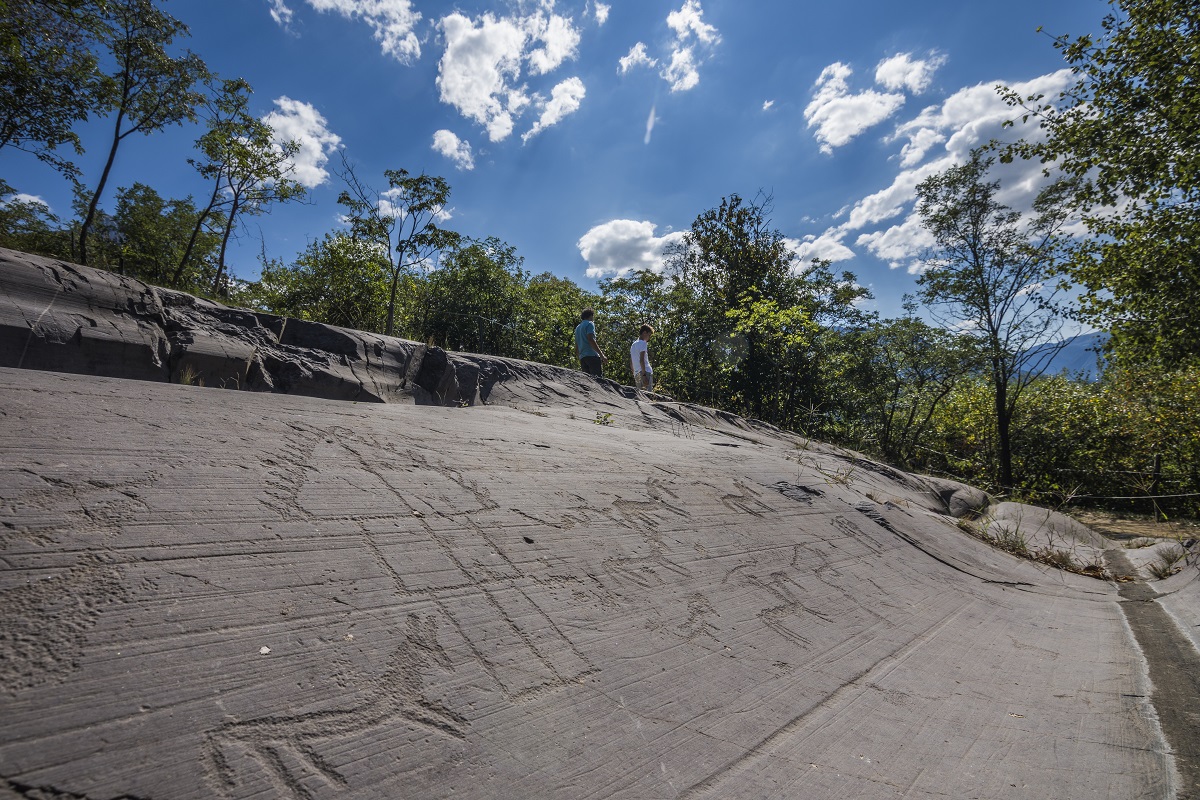

1979 is an extremely important year for Camonica Valley: that year, the “Valley of the Signs” was listed as a UNESCO World Heritage Site thanks to the richness and variety of its rock engravings, an incredible door open on the history of the valley’s first inhabitants.
The prehistoric evidence of settlements in Camonica Valley is very unique and could not be concentrated in a limited space. This is why UNESCO’s World Heritage Site no. 94, “Rock Drawing in Valcamonica”, stretches through the whole valley, including 24 municipalities and over 180 locations. It’s a stunning expanse which is still partially unexplored.
UNESCO in Camonica Valley: the parks
There are as many as 8 parks in Camonica Valley included in UNESCO’s World Heritage list:
- Lago Moro Luine and Monticolo Supra-Municipal Park in Darfo Boario Terme;
- Archaeological Park of Asinino-Anvola on the Ossimo-Borno plateau;
- Rock Engraving Natural Reserve of Ceto, Cimbergo, and Paspardo;
- Naquane Rock Engraving National Park in Capo di Ponte;
- National Archaeological Park of Massi di Cemmo;
- Municipal Archaeological Park of Seradina-Bedolina, near Capo di Ponte;
- Municipal Archaeological and Minerary Park in Sellero;
- “Coren delle Fate” Multi-thematic itinerary in Sonico.
Some are widely known historic parks like the one in Capo di Ponte, created in 1955, and other are recently created entities like Seradina-Bedolina (2005) and Sonico (2007). The common thread is the presence of prehistoric traces of international importance. Some of these are very detailed engravings which provide precious information about the spirituality and everyday life or our ancestors in Camonica Valley.
The engravings were made between the end of Upper Paleolithic (about 10,000 years ago) through the end of the 1st millennium b.C. A few were added after the Romans conquered the valley, in the Middle Ages, and in modern times.
Parks are open all year round and are free (except Ceto, Seradina-Bedolina, and Capo di Ponte). Several schools visit these UNESCO sites every day, even if the best times to visit these outdoor locations are the spring, summer, and autumn. For detailed information about opening hours and visits, check the dedicated portal.
UNESCO in Camonica Valley: the museum
In Capo di Ponte’s historic centre, in Via S. Martino 7, you will find MUPRE, Camonica Valley’s National Museum of Prehistory. It complements the rock engraving collection with a display of gravestones, rocks, and everyday objects. Visit MUPRE’s official website to see the opening hours.


